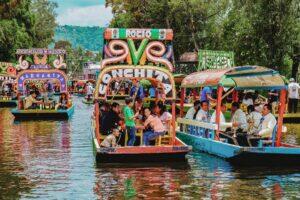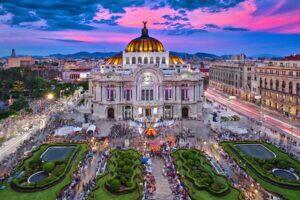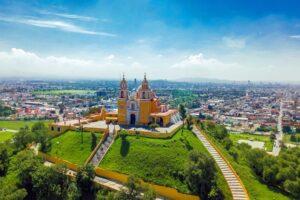Lucha Libre
Wrestling has been around since the mid-1800s, or at least the early 1900s (there is some debate about how and when it began), but it is growing more and more famous with international children's programs and movies like Nacho Libre (2007). Wrestlers wear masks and dress in costumes depicting good or evil (a devil against an angel, for example), and it's usually good that triumphs after a couple of acrobatic slams and pitches out of the ring. The discussion on whether the fights are fixed is a heated one among aficionados.
The good-guy wrestlers often become folk heroes, appear in comic books and movies, and are role models for young kids. One of the most famous wrestlers was El Santo (The Saint), whose son continues the legacy. Most wrestlers are from the barrios, and the sport attracts their compatriots: it's rowdy and loud. Note that both of the arenas where you can catch the lucha are in parts of town where caution is recommended as you come and go. It’s best to travel in a group; women should absolutely have a male escort. Be sure to arrange for safe transport.
Arena Mexico. Matches take place every Tuesday night at 7:30 and Friday night at 8:30 at the Arena Mexico. Ringside seats run about MX$120 on Tuesday and MX$320 on Friday. Avoid hailing cabs directly outside the arena. Dr. Lavista between Dr. Carmona and Dr. Lucio, Col. Doctores, Mexico City, Quintana Roo, 06000. 55/5588–0508. www.cmll.com/arena_mexico.htm.
Arena Coliseo. Matches also take place at the Arena Coliseo, the oldest arena in Mexico, every Sunday at 5 pm. Perú 77, Centro, Mexico City, Quintana Roo, 06000. 55/5526–1687. www.cmll.com/arena_coliseo.htm.









